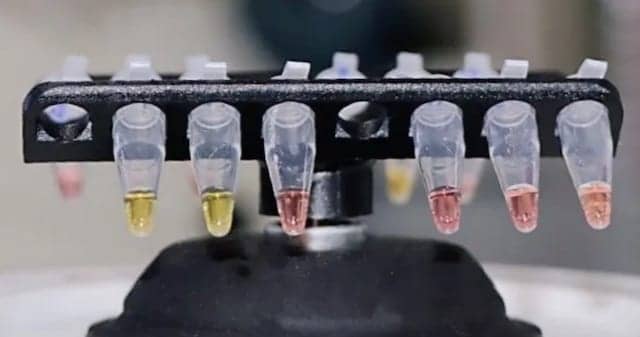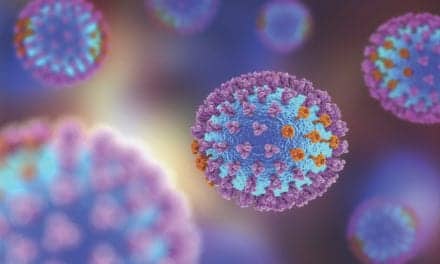Scientists from the University of Oxford’s engineering science department and the Oxford Suzhou Center for Advanced Research (OSCAR) have developed a rapid testing technology for the novel coronavirus SARS-CoV-2. The new tests yield results in just half an hour, compared to up to 2 hours for previous viral RNA tests.
“The beauty of this new test lies in the design of the viral detection that can specifically recognize SARS-CoV-2 RNA and RNA fragments,” says Wei Huang, DPhil, one of the team leaders who developed the test. “The test has built-in checks to prevent false positives or negatives and the results have been highly accurate.”
The technology is also very sensitive, which means that patients in early stages of infection may be identified sooner, potentially helping to reduce the spread of the coronavirus. The technology requires only a simple heat-block, which maintains a constant temperature for RNA reverse transcription and DNA amplification, and the results can be read by the naked eye. Such simplicity makes the test potentially useful in rural areas or community healthcare centers.
The technology has been validated with real clinical samples at Shenzhen Luohou People’s Hospital in China. Researchers at the hospital applied the rapid detection kits to 16 clinical samples, including eight positives and eight negatives confirmed by conventional RT-PCR methods and other clinical evidence. The test results using the rapid detection kits were all successful.
The Oxford scientists are now working to develop an integrated device so that the test can be used in clinics, airports, or even at home.
For more information, visit Oxford University.
Featured image: The Oxford covid-19 test uses a simple color change to identity presence of the virus. A positive a sample changes from pink to yellow. Each test uses three vials, each with different primers. A positive test would turn two vials yellow and leave one pink. The pink vial acts as a negative control to confirm the test is working. Photo courtesy University of Oxford.





